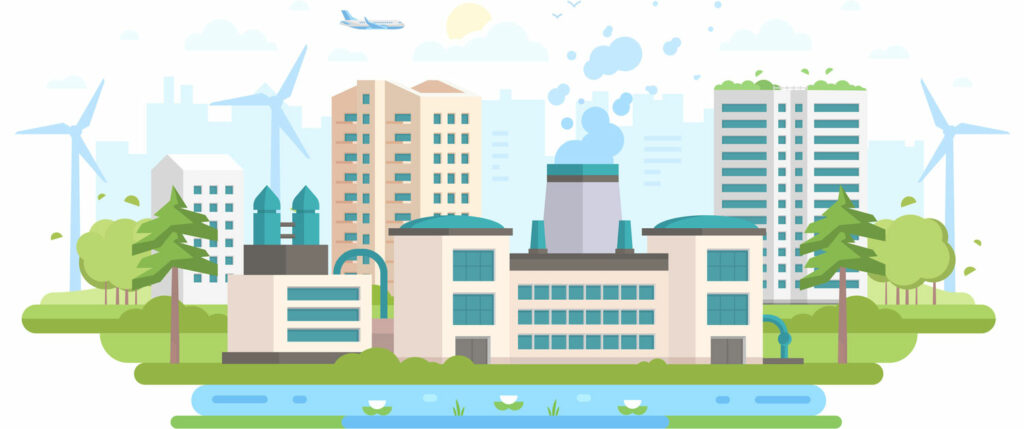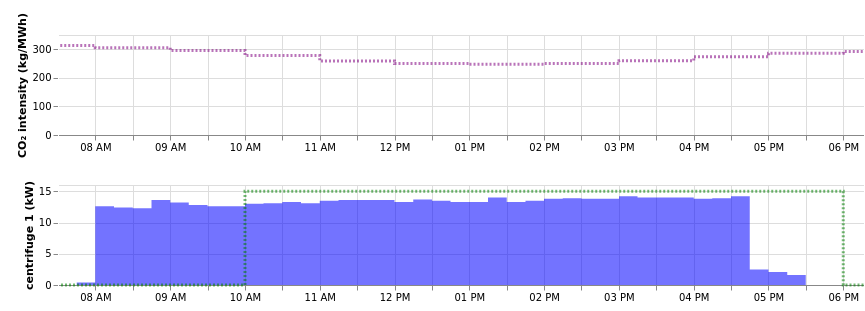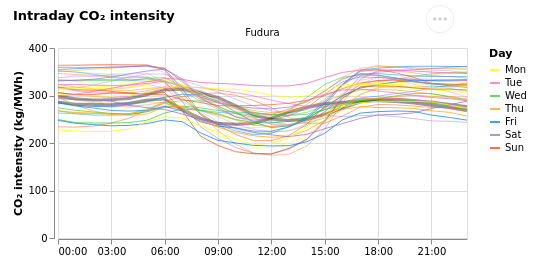Industry - The Sector Challenge
Industry uses 25% of final energy in the EU. Almost all of it is spent during processing and manufacturing, and a lot of it revolves around heat. Many processes need low- or mid-temperature conditions (up to 400°C) where heat pumps and electric furnaces can operate ― therefore, promising pathways to electrify (and therefore becoming greener) exist.

However, the sector is not electrifying as fast as the buildings sector. Often, making decisions is the bigger road block than technical feasibility. Industrials need to present long-term de-carbonization plans which are complex. Running pilots take time in critical infrastructure where many stakeholders need to have their say. Sites are often not alike, so scaling is hard. Energy consumption per site is often so high that going electric can become hard due to the available grid capacity being too limiting.
How do we help?
- We can add smart operation of thermal energy storage (TES). Buffering the energy intake to make heat can often be a protection against too high consumption peaks and optimize purchasing outcomes. But mostly, adding and operating a TES is not changing any of the critical processes – their needs can be an input to the optimization problems and therefore stay as they are. Therefore, this is a highly recommended step to take.
- We can also help to choose optimal running times for processes. Processes might be shiftable, or interruptable. Given the parameters and constraints, we can automate scheduling recommendations for running times.
- Because going into practice or even pilots right away is not easy or fast, we can use simulations to start a project early and convince stakeholders. We make a model of the heat demand or process ― a complete digital twin of the facility is not needed for such interventions. For even higher impact, we can simulate scenarios which also include local production (solar) and e-mobility needs (e.g. company logistics).
Who do we partner with?
We know that industrials want industry experts at the table who understand the complete picture of their work and the inputs and outputs. Often, these industry consultants help transforming the sites and companies in year-long projects partnerships.
We work as part of their team, as the energy optimization expert, delivering a puzzle piece in these complete pictures and long journeys. We can support the industry consultants, if they can digitize the necessary data streams and work with us on automating the control (e.g. of thermal storage).
White-labeling of our service is an option.
Our open source approach can help to add necessary trust into long-term viability and sustainability for these long-term projects. Especially when we optimize thermal storage, this transparency will not extend to trade secrets about actual processes.
Use case
The Rijnland water board runs centrifuges to clean Dutch waste water. A centrifuge should process 8 tonnes of sludge per day. Rijnland has an energy contract with fixed costs, but they want to start their journey to go green anyways. Can the centrifuge running times be adjusted so the consumed electricity is greener, on average?
The uncertainty: How flexible are the centrifuge running times? How variable is the CO₂ content on the Dutch grid, and can it be forecasted? And as we like to actually go ahead and do things: Can smart advice about process running times be integrated in the daily operations of the engineers?
Together with Rijnland and Fudura, we’ve been running a pilot across several months in 2022. We have shown that the daily operations work well and that CO₂ can be reduced by 27% (on days when running times are indeed flexible). The next phase is underway in 2024, where we will increase automation within Rijnland’s systems and scale to more locations.
Energy flexibility is complex. Let's partner up!
Let’s discuss how we can help industrials start their journey towards smart and cleaner energy.


